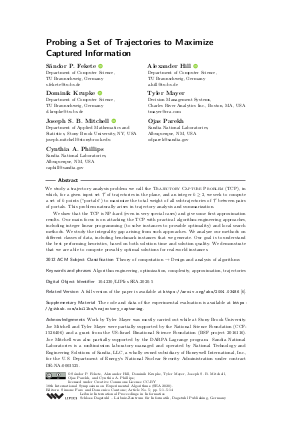LIPIcs.SEA.2020.5.pdf
- Filesize: 3.34 MB
- 14 pages

 Creative Commons Attribution 3.0 Unported license
Creative Commons Attribution 3.0 Unported license
























Feedback for Dagstuhl Publishing